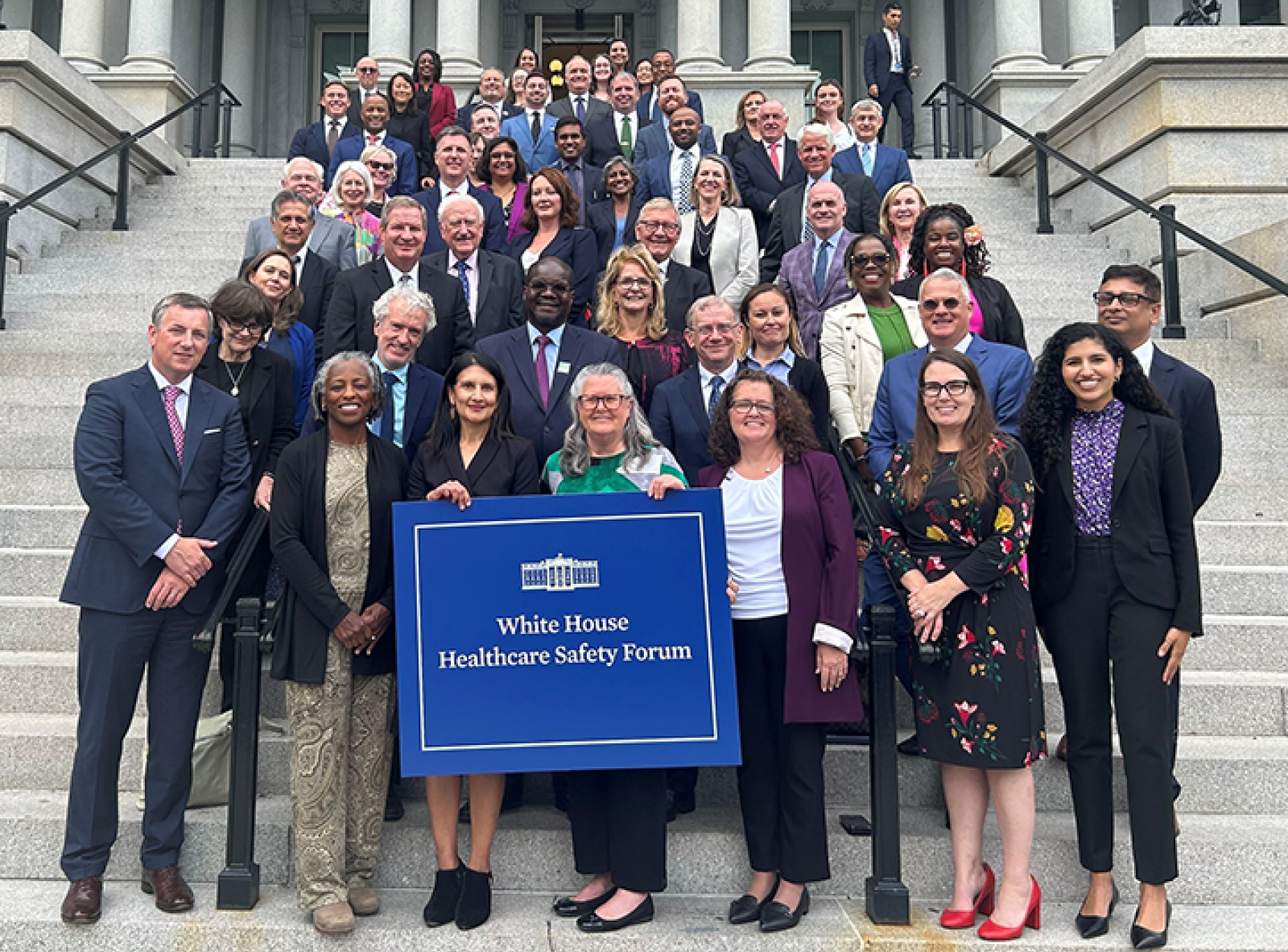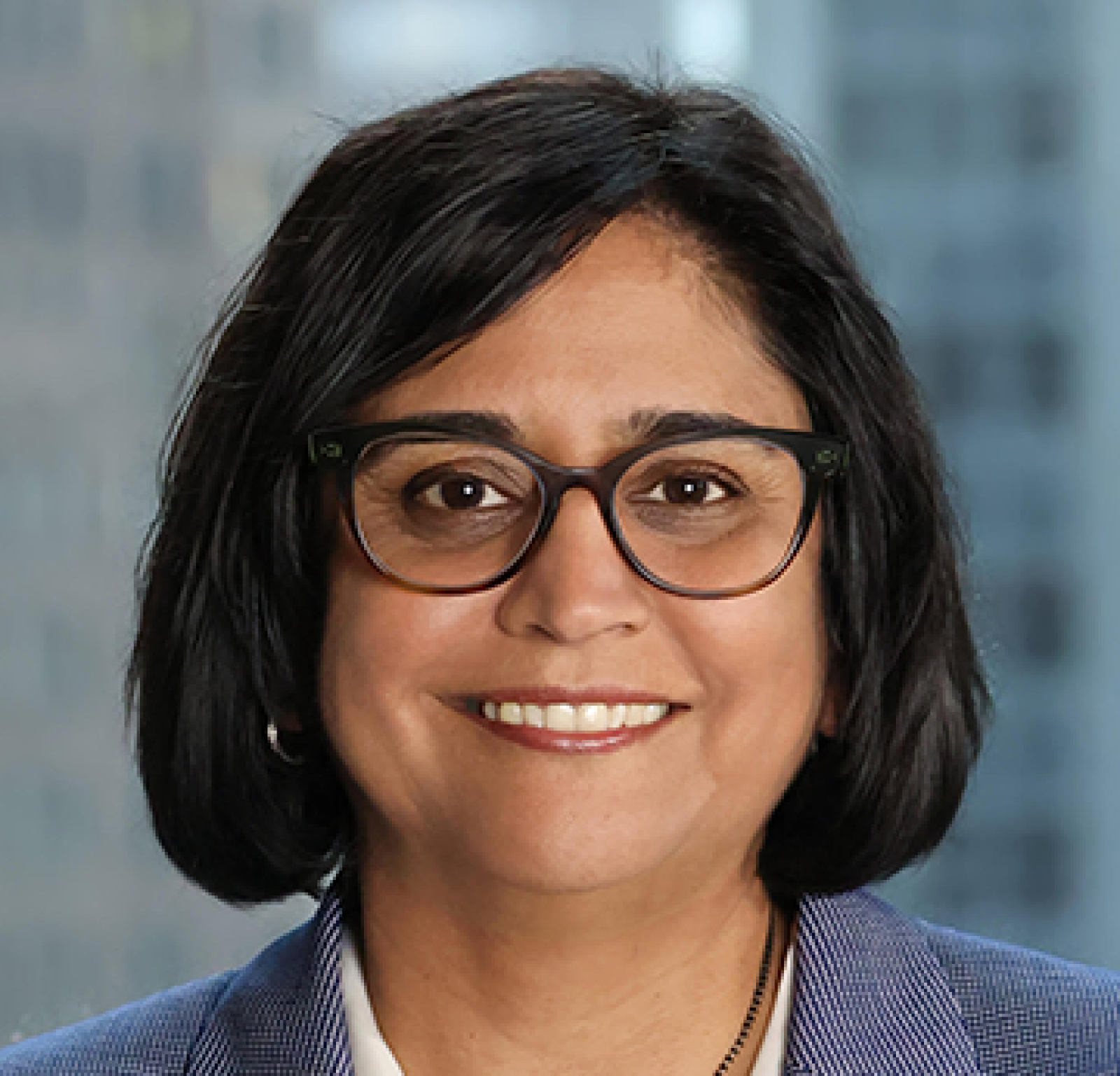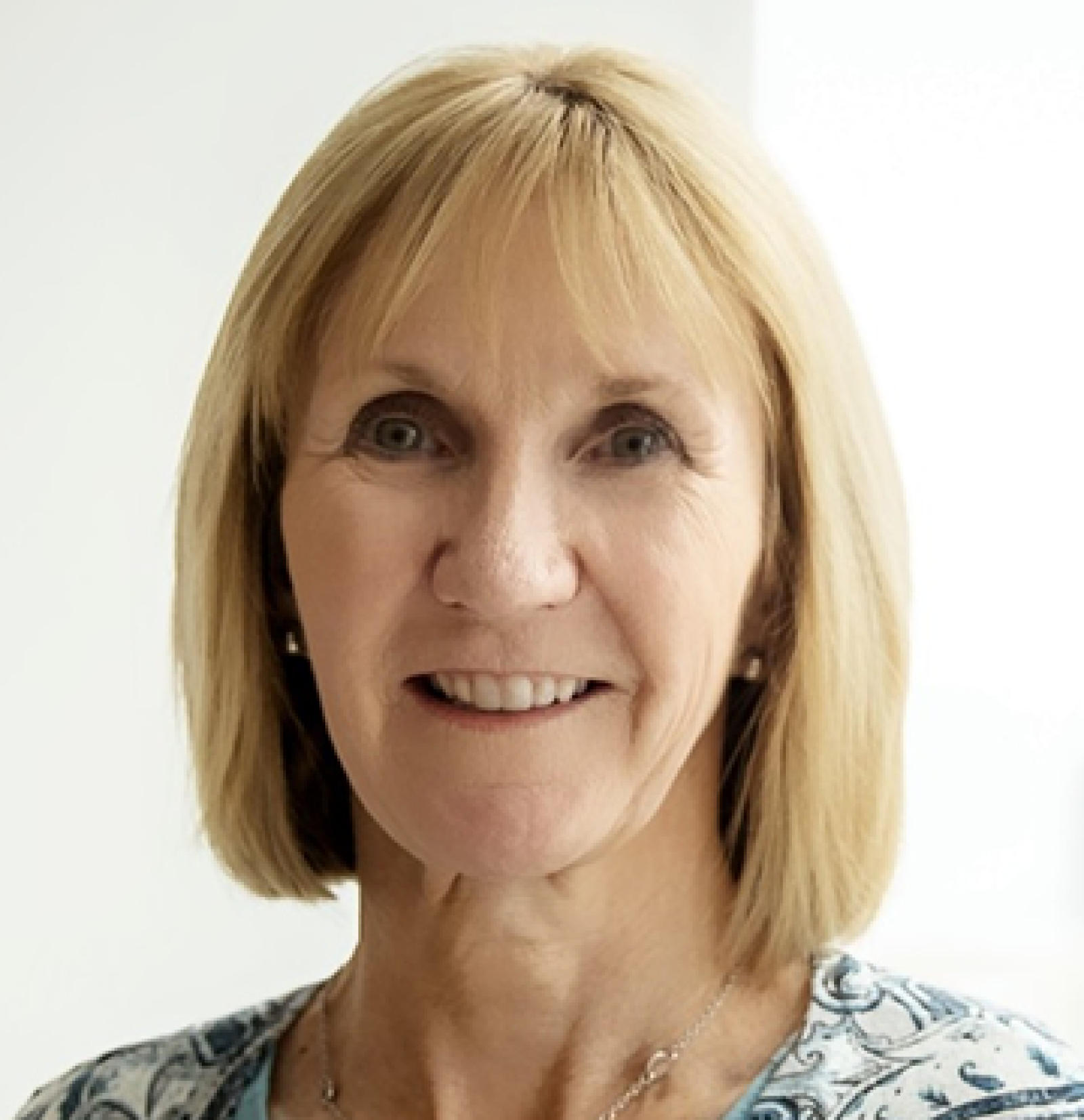On World Patient Safety Day, White House event signals renewed federal commitment

Photo courtesy of the White House
Health care leaders from across the country met at the White House on September 17 to mark World Patient Safety Day and to strengthen national efforts to address patient and workforce safety.
The White House Healthcare Safety Forum was hosted by the President's Office of Science and Technology and served in part as a progress report on goals that the President’s Council of Advisors on Science and Technology (PCAST) recommended for federal action on safety in a report published in September 2023.
Charity Watkins, Ph.D., Assistant Professor of Social Work at North Carolina Central University and Board Chair at Equity Before Birth, opened the event by sharing her experience with multiple medical errors, including misdiagnosis of pregnancy-related heart failure.
Saying, “We deserve better. We can, and we will do better,” Dr. Watkins endorsed recommendations from PCAST and others to drive safety and equity strategies centered on patient experience.
At the White House Forum, a panel of health leaders from the Biden-Harris administration outlined five aims of the National Action Alliance for Patient and Workforce Safety, a public-private partnership led by the Agency for Healthcare Research and Quality (AHRQ):
- Advance health care organization safety strategies using safety self-assessments
- Empower the patient's voice in safety strategy
- Support the health care workforce by making health care safer by design
- Support the health care workforce by strengthening health care safety competencies
- Facilitate a learning and research network

Tejal Gandhi, M.D., M.P.H.
National Action Alliance aligns with other safety initiatives
The event underscored recent successes in shaping health care safety policy, action and science into a more cohesive approach to reducing patient harm.
Two safety leaders from Massachusetts — Tejal Gandhi, M.D., M.P.H., Chief Safety and Transformation Officer at Press Ganey, and Patricia McGaffigan, R.N., Senior Advisor for Patient and Workforce Safety at the Institute for Healthcare Improvement (IHI) — attended the invitation-only White House event, and Dr. Gandhi led a breakout discussion session on safety and equity. They both serve on the leadership committee for the National Steering Committee for Patient Safety that created Safer Together: A National Action Plan to Advance Patient Safety. The National Steering Committee, convened by the IHI in 2018, is a public-private collaboration co-chaired by IHI and AHRQ.
“Between the Safer Together National Action Plan, the Health and Human Services National Action Alliance for Patient and Workforce Safety led by AHRQ and the new Patient Safety Structural Measure from CMS, we are aligning as a country to identify system-focused actions and provide resources to guide the path to transformational and sustainable progress on patient safety, ” McGaffigan notes.
The Roadmap to Health Care Safety for Massachusetts, developed by a consortium of Massachusetts health and policy organizations, calls for comparable actions to bring safer care to patients wherever they receive care in the state.

Patricia McGaffigan, R.N.
Dr. Gandhi says she is pleased to see recent progress in articulating key safety principles and goals with one voice. “We knew that health care organizations were getting overwhelmed with different recommendations from different groups on how to advance safety, which weren't always in sync.” The National Steering Committee, she notes, worked with 27 national organizations (including five federal agencies and patient advocates) to reach agreement on foundational elements of safety as described in the Safer Together National Action Plan released in 2020.
“We hoped that would help align recommendations so organizations can focus on improving the most important foundational components of safety,” says Dr. Gandhi.
Patients for Patient Safety on World Patient Safety Day
Patients for Patient Safety US (PFPS US), a group affiliated with the World Health Organization, also sponsored events in Washington to mark World Patient Safety Day. PFPS US Patient Safety Champions marched on Capitol Hill, met with members of Congress and, following the White House Forum, sponsored a briefing with federal agency leads to talk about their future patient safety and health equity initiatives.
The White House recognized PFPS US as one of 22 organizations advancing projects to improve health care safety for patients and the workforce. PFPS US is leading Project PIVOT, a patient-led initiative that is prioritizing questions about outcomes and experiences regarding patient safety, diagnostic quality, and bias for use in patient experience surveys such as HCAHPS or other patient-reported outcomes measures.
We really have come a long way ... and now is the time to accelerate our progress.
25th anniversary of To Err Is Human
During introductory remarks at the PFPS US briefing, Co-Founder Marty Hatlie, J.D., noted the convergence of World Patient Safety Day 2024 with the 25th anniversary of the release of To Err Is Human, the Institute of Medicine’s groundbreaking report on medical error. He recalled that on December 7, 1999, President Bill Clinton summoned federal leaders to the White House and issued “a call to action to make patient safety a national priority, to think of it as a public health crisis in this country,” said Hatlie.
Hatlie and others at the events in Washington last month noted both progress made over the past 25 years and the urgent demands of the work that remains to be done on patient and workplace safety in an increasingly complex environment. “After more than 25 years of research and learning, we still see wide variation in implementation of best practices, the persistence of deny-and-defend responses after harm events, and under-reporting,” says Hatlie. “When we can’t see the harm, we can’t fix it, and preventable harm continues.”
Dr. Gandhi reinforced the theme of progress and the understanding that there is a long way to go. “Sometimes we can get demoralized thinking that maybe we haven't made enough progress. But then I remember when I started the safety program at Brigham and Women’s over 20 years ago,” Dr. Gandhi says. “It was literally me and my team of two at a whiteboard, figuring out what a patient safety program should look like. We really have come a long way from that empty whiteboard day, and now is the time to accelerate our progress.”